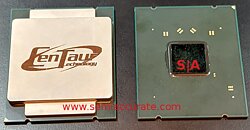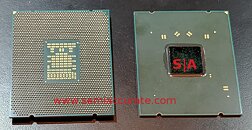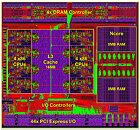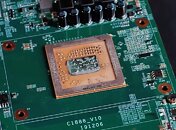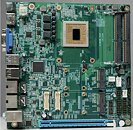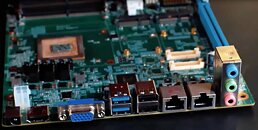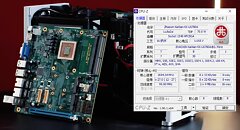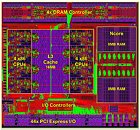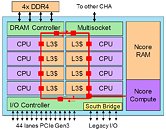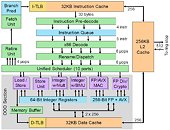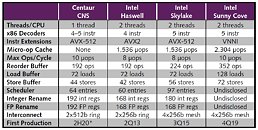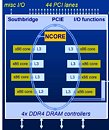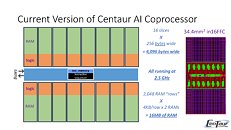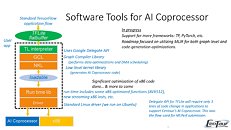
Intel Gives its First Comments on Apple's Departure from x86
Apple on Monday formalized the beginning of its departure from Intel x86 machine architecture for its Mac computers. Apple makes up to 4 percent of Intel's annual CPU sales, according to a MarketWatch report. Apple is now scaling up its own A-series SoCs that use Arm CPU cores, up to performance levels relevant to Macs, and has implemented support for not just new and upcoming software ported to the new Arm machine architecture, but also software over form the iOS and iPadOS ecosystems on Mac, starting with its MacOS "Big Sur" operating system. We reached out to Intel for some of its first comments on the development.
In a comment to TechPowerUp, an Intel spokesperson said "Apple is a customer across several areas of our business, and we will continue to support them. Intel remains focused on delivering the most advanced PC experiences and a wide range of technology choices that redefine computing. We believe Intel-powered PCs—like those based on our forthcoming Tiger Lake mobile platform—provide global customers the best experience in the areas they value most, as well as the most open platform for developers, both today and into the future."
In a comment to TechPowerUp, an Intel spokesperson said "Apple is a customer across several areas of our business, and we will continue to support them. Intel remains focused on delivering the most advanced PC experiences and a wide range of technology choices that redefine computing. We believe Intel-powered PCs—like those based on our forthcoming Tiger Lake mobile platform—provide global customers the best experience in the areas they value most, as well as the most open platform for developers, both today and into the future."


